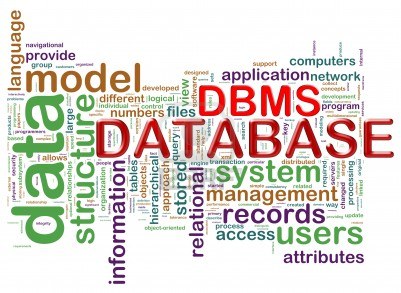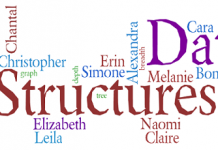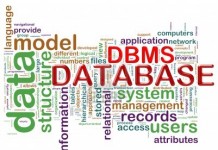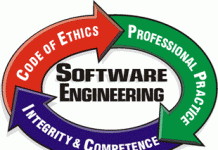Dear Aspirants,
Welcome to the Professional Knowledge Section in Affairscloud.com. Here we are providing sample questions in Computer Networking. It will be useful for the upcoming SBI Assistant Manager(System) and IBPS SO(IT Officer) examinations. We have also included some important questions that are repeatedly asked in previous exams.
- Which of the following is suited for loosely defined data structures?
A. CDBMS
B. IMDBMS
C. Column Database Management System
D. Cloud based Data Management System
E. NoSQL DBMSE. NoSQL DBMS
Explanation:
No SQL is suited for loosely defined data structures. NoSQL isused loosely to refer to non-relational databases - In NoSQL Database, NoSQL refers?
A. Non SQL
B. Non relational
C. Not only SQL
D. All of the Above
E. None of the AboveD. All of the Above
Explanation:
NoSQL refers to Non SQL or Non relational or Not only SQL - Which of the following database provides faster response time and better performance?
A. CDBMS
B. IMDBMS
C. Column Database Management System
D. Cloud based Data Management System
E. NoSQL DBMSB. IMDBMS
Explanation:
An In-Memory Database (IMDB) aka Main Memory Database System(MMDB) or Memory Resident Database is a database management system that primarily relies on main memory for computer data storage. - Which of the following is suited for data warehouses that have a large number of similar data items?
A. NoSQL DBMS
B. IMDBMS
C. Columnar Database Management System
D. Cloud based Data Management System
E. None of theseC. Columnar Database Management System
Explanation:
Columnar Database Management System is suited for data warehouses that have a large number of similar data items. - Data warehousing involves which of the following?
A. data cleaning
B. data integration
C. data consolidations.
D. All of the Above
E. None of the AboveD. All of the Above
Explanation:
Data warehousing involves data cleaning, data integration and data consolidations. - Which of the following is a subset of the data warehouse and is usually oriented to a team?
A. Data Cleaning
B. Data Mart
C. Data Integration
D. Data consolidations
E. None of theseB. Data Mart
Explanation:
Data Mart is a subset of the data warehouse and is usually oriented to a team. - Which is a database management system that is hosted by a third-party service provider on a remote server and accessed over the Internet?
A. NoSQL DBMS
B. IMDBMS
C. Columnar Database Management System
D. Cloud based Data Management System
E. None of theseD. Cloud based Data Management System
Explanation:
Cloud based Data Management System is a database management system that is hosted by a third-party service provider on a remote server and accessed over the Internet. - A _________ is a central repository for all or significant parts of the data that an enterprise’s various business systems collect.
A. Spread Mart
B. Data Mart
C. Data Warehouse
D. Data consolidations
E. None of theseC. Data Warehouse
Explanation:
A Data Warehouse is a central repository for all or significant parts of the data that an enterprise’s various business systems collect. - Which of the following is a business data analysis system running on spreadsheets or other desktop databases that is created and maintained by individuals or groups?
A. Spread Mart
B. Data Mart
C. Data Warehouse
D. Data consolidations
E. None of theseA. Spread Mart
Explanation:
A spread mart aka spreadsheet data mart is a business data analysis system running on spreadsheets or other desktop databases that is created and maintained by individuals or groups to perform the tasks normally done by a data mart or data warehouse. - Which of the following is characterized by a large number of short on-line transactions (INSERT, UPDATE, DELETE)?
A. OLTP
B. OLAP
C. Predictive Analysis
D. All of these
E. None of theseA. OLTP
Explanation:
Online Transaction Processing(OLTP) is characterized by a large number of short on-line transactions (INSERT, UPDATE, DELETE).
AffairsCloud Recommends Oliveboard Mock Test
AffairsCloud Ebook - Support Us to Grow
Govt Jobs by Category
Bank Jobs Notification





